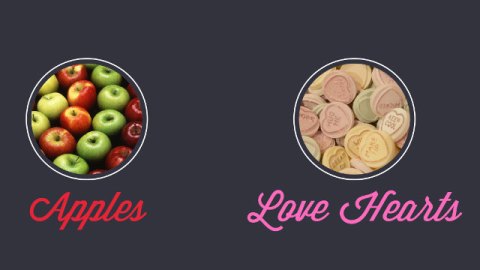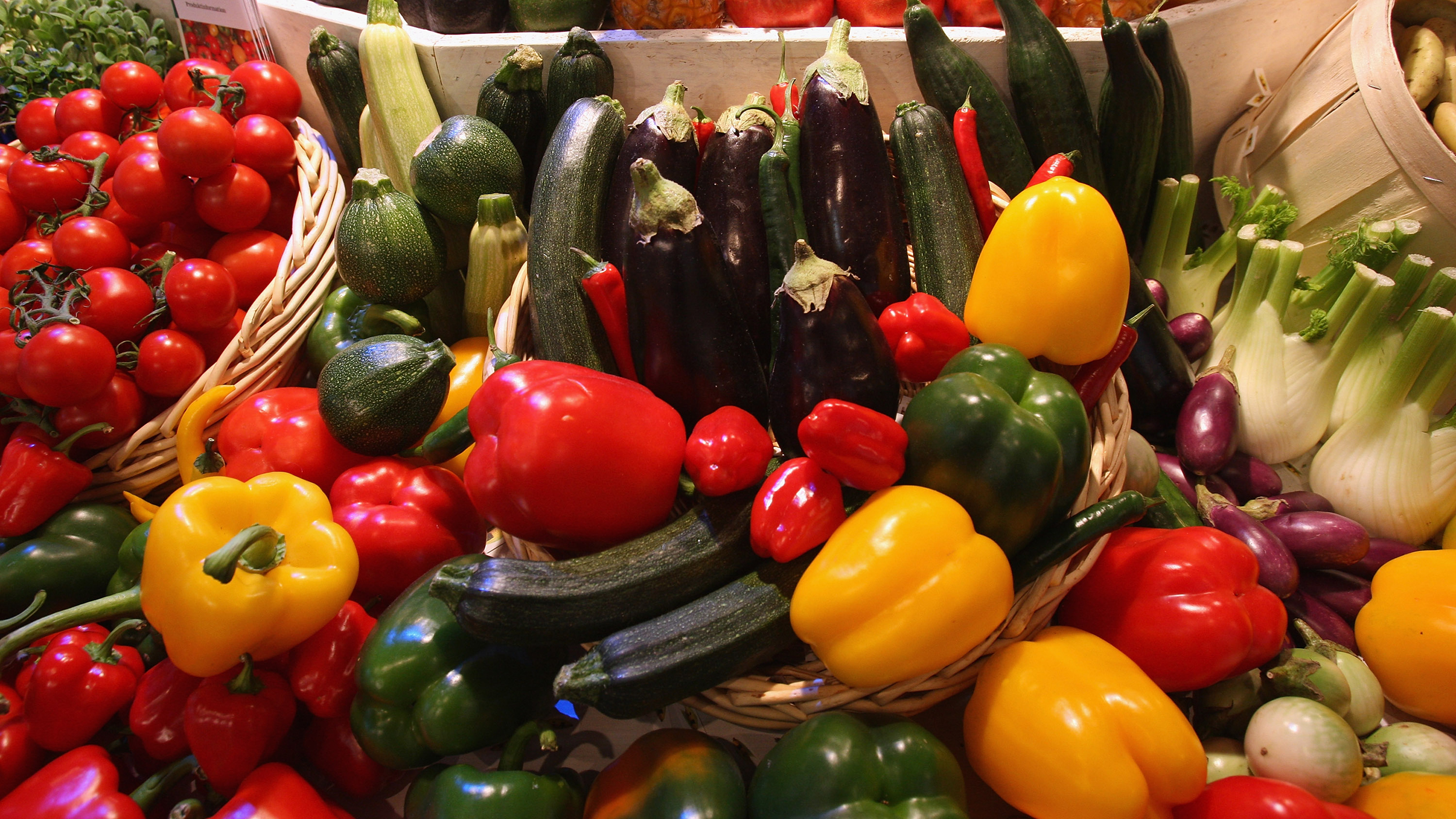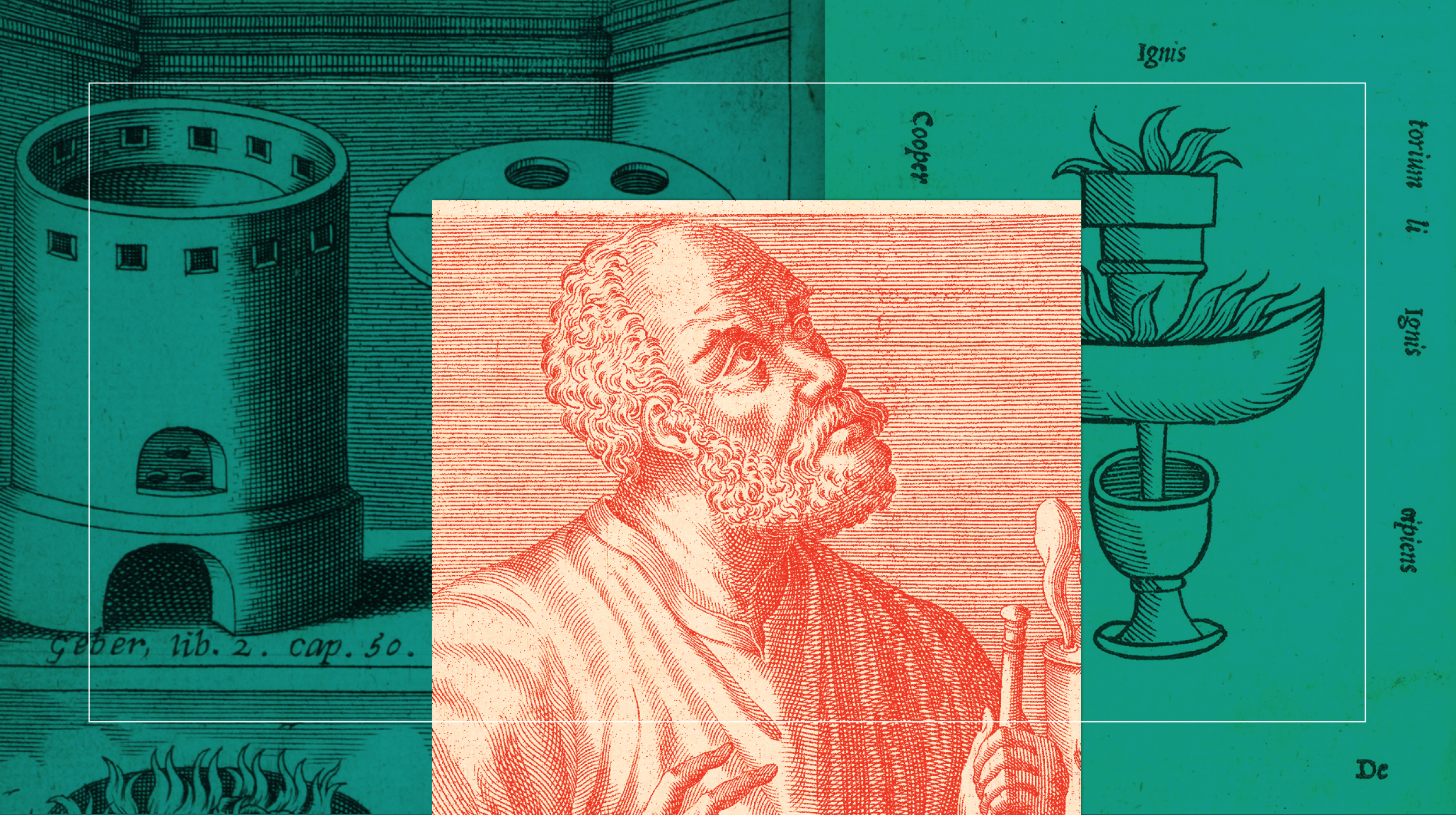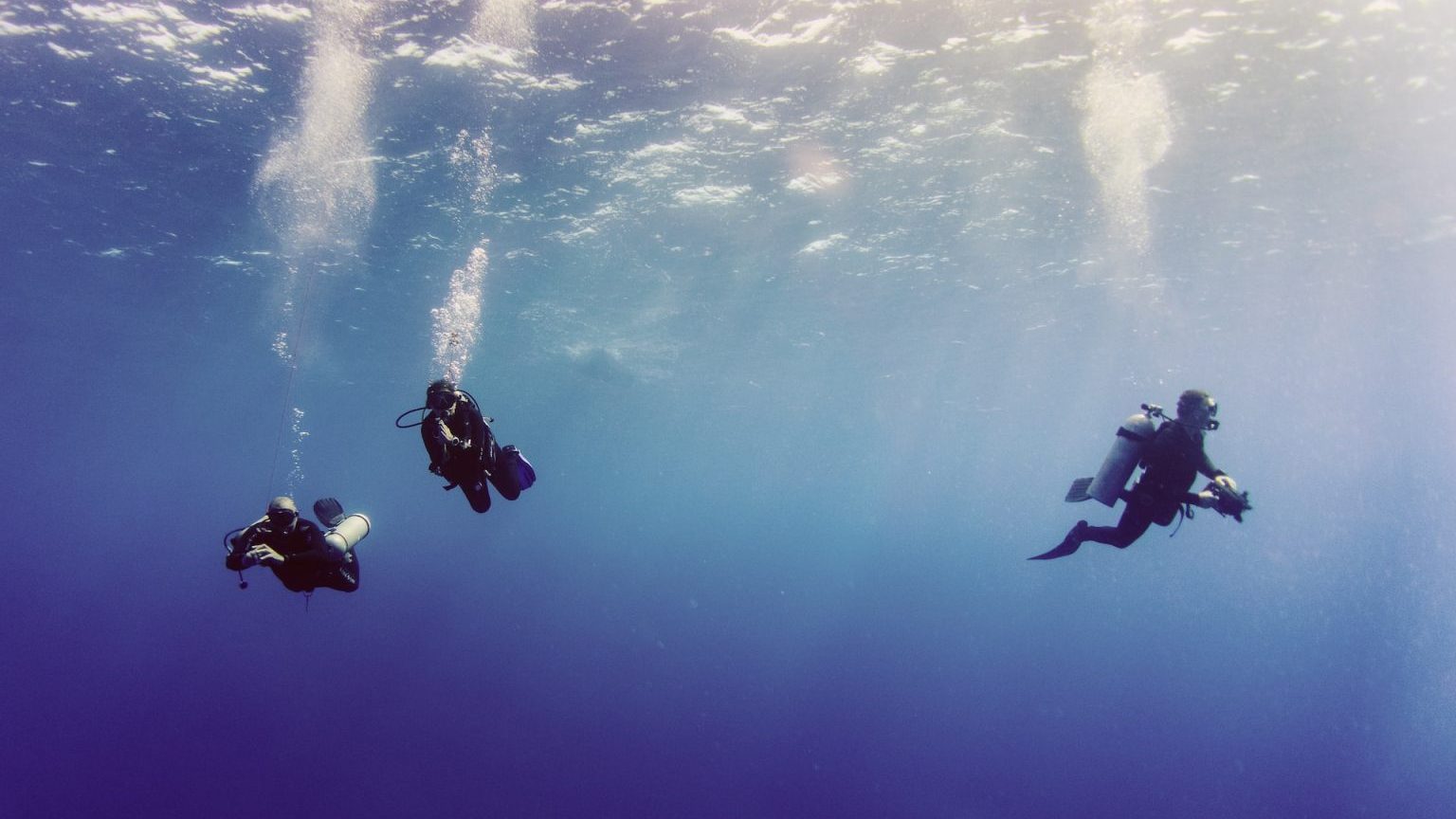Everything is Made of Chemicals

What contains more chemicals, apples or love hearts?If, like many people your instinctive response is “love hearts… of course”, you might benefit from a new guide by the group Sense about Science, which debunks common myths about chemicals (you’ll find the correct answer at the end of this blog post). In the Sense about Science guide, we learn that “E-numbers” are simply chemicals approved for use in food; vinegar (acetic acid) for example is E260. The guide makes the case that: “sometimes we know less about the negative impacts of proposed alternatives than we do about the chemicals we wish to replace.”
Take the following example:
“If someone came into your house and offered you a cocktail of butanol, iso amyl alcohol, hexanol, phenyl ethanol, tannin, benzyl alcohol, caffeine, geraniol, quercetin, 3-galloyl epicatchin, 3-galloyl epigallocatchin and inorganic salts, would you take it? It sounds pretty ghastly. If instead you were offered a cup of tea, you would probably take it. Tea is a complex mixture containing the above chemicals in concentrations that vary depending on where it is grown.” – Derek Lohmann, research chemist
The quote above is a parody of the following statement taken from the Greenpeace website:
“If someone came into your house, mixed you a cocktail of unknown chemicals – and offered you a drink – would you take it? Of course not. You wouldn’t want untested chemicals in your home, your drink, or your body. You don’t want them – but shockingly – they’re already there.”
When it comes to food, in many cases what really matters is the dose:
“Doses of chemicals are often (measured) as “parts per million” (ppm) or “parts per billion” (ppb). One part per billion is equivalent to one grain of sugar in an Olympic swimming pool. Modern technology enables us to detect minuscule amounts of chemicals in our bodies, so minuscule they are measured on that tiny a scale. So, just because a chemical that in some large amount would be toxic can be detected in a person, that is not necessarily dangerous at all.”
The document also looks at words that are often misused. The word “synthetic” simply means “made” whilst the word “artificial” also implies that a chemical does not occur naturally. Another word that get misused is the word “toxin” which does not mean “toxic chemical” but rather refers to toxic substances produced by a living organism such as bacteria.
The case made by Sense about Science isn’t that every chemical is safe but that the word “natural” doesn’t imply a chemical is healthy or safe, as is so often assumed. Nicotine and arsenic for example are both “natural” but are neither healthy nor safe. Sense about Science is raising money to send the poster below to schools to educate young people about the science of what we eat. To contribute to the campaign head over to Just Giving.

To keep up to date with this blog you can follow Neurobonkers on Twitter, Facebook, RSS or join the mailing list.
Image Credit: Sense about Science




